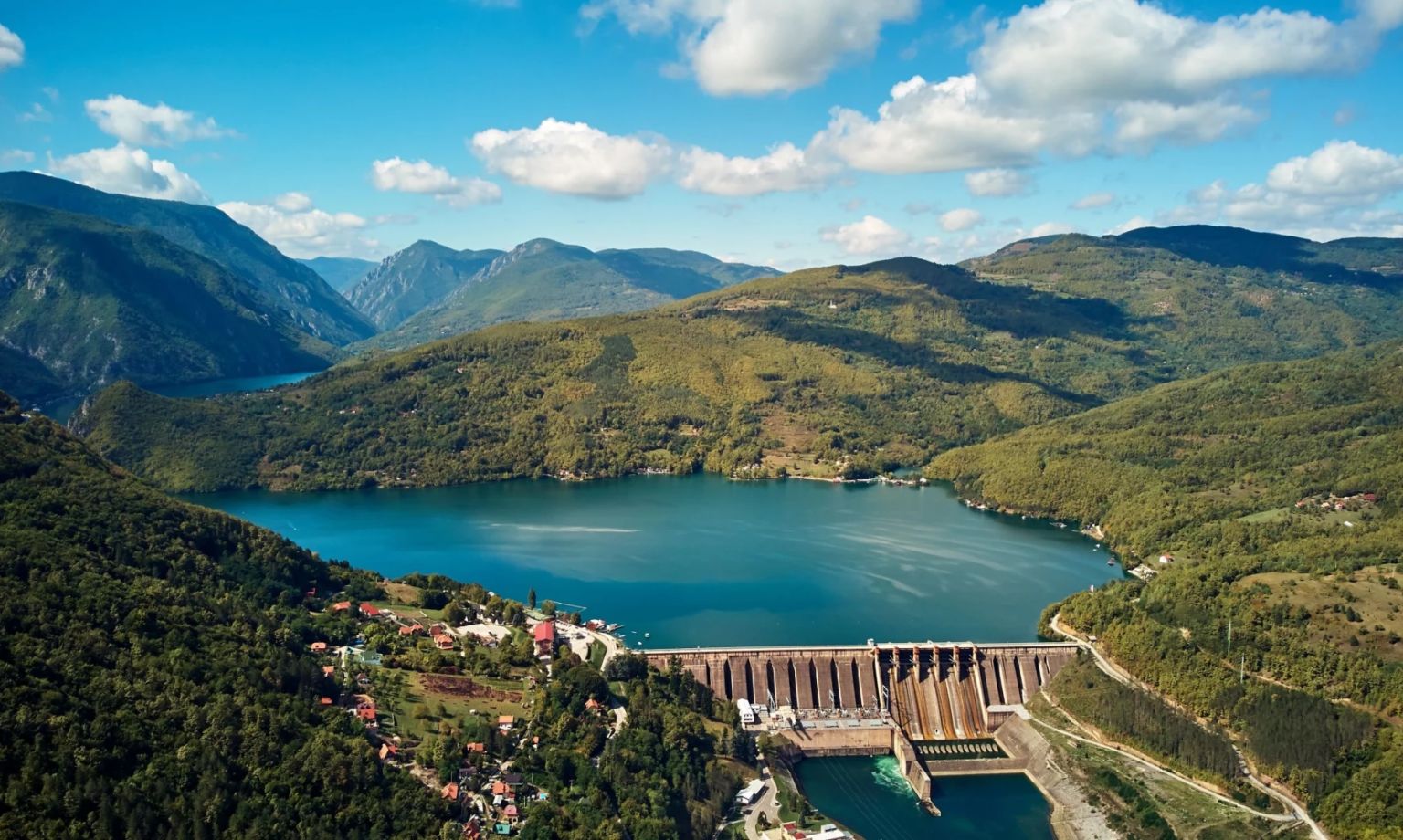 Electric power plant Bajina Basta, Serbia. Photo: m-gucci / Getty Images.
Electric power plant Bajina Basta, Serbia. Photo: m-gucci / Getty Images.
 Electric power plant Bajina Basta, Serbia. Photo: m-gucci / Getty Images.
Electric power plant Bajina Basta, Serbia. Photo: m-gucci / Getty Images.
A new study, looking at five countries in the Western Balkans, shows that development finance in the energy sector has not been aligned with the long-term goals of decarbonization and the Paris agreement. Going forward, greater attention is needed to ensure that future international finance flows are directed to renewables and sustainable and just energy investments.
Coal is still a major source of energy in Bosnia and Herzegovina. To move along the pathway of reducing BiHs greenhouse emissions, much work is needed in the energy sector. That is why it is crucial to study and understand development finance, and why this study was conducted. Five countries in the Western Balkan were part of the study: Bosnia and Herzegovina, Kosovo, Montenegro, North Macedonia, and Serbia. Financial flows between 2008-2020 were put under the microscope. Below follows some key takeaways.
Key takeaways
If business as usual continues when it comes to the funding structure, these countries cannot depend on energy development finance to decarbonise their societies. The study found that the financial flows for energy development was very small compared to the average annual GDP, ranging from 0,15% to 0,62% depending on the country. It will not be enough to finance a green and just transition. In its Nationally Determined Contribution (the commitments countries make to reduce their greenhouse emissions), Bosnia and Herzegovina has indicated that it needs 14 times more funding (US$9.3 billion) for the period up to 2030 as compared to the money spent between 2008-2020 (US$680 million).
Bosnia and Herzegovina had the highest share when it came to finance for non-renewable sources. This data did not change even after the adoption of the Paris Agreement. For BiH it constituted 33% of the total funding flows. The funders investing the most in non-renewables in these countries were Japan, Germany, and the EU institutions. The study doesn’t analyse why these investments were motivated, but it can be related to the interest of the funders and/or the priorities of the countries. However, when you compare these investments with the total average annual GDP in BiH, which is less than 0,3%, it becomes less of a significant find.
A large chunk of the investments goes to the outdated infrastructure of energy supply. As much as 24% of all finance flows for all studied countries were channelled to the infrastructure of energy distribution and transmission. This equalled to an amount of US$798 million. There is a clear need to modernise current grid systems but to also meet the swelling demand on energy in society.
Further indebtedness will only hinder economic development. The study looked at three types of financial mechanisms: so called ODA loans, i.e. loans for Official Development Assistance, ODA grants and OOFs; other official flows (according to the study, “OOF are mixed instruments encompassing different types of official assistance and financial instruments provided by governments and official agencies of one country to another.”). ODA loans ranked as the second most dominant financial instrument, while OOF was the most dominant one in all countries. Bosnia and Herzegovina had the highest ODA loan indebtedness per capita. BiHs ODA loans totalled to US$457 million, followed by OOF (US$140 million) and ODA grants (US$79 million). Going forward, this is to be considered carefully, as increased loan dependency is complex and can hinder development processes to flourish.
Globally we see a trend where some countries look towards private or blended finance sources, to succeed with their energy transitions. However, the study emphasises the frailty of that and the importance of being aware of funders’ vested interest and priorities. In the case of the Western Balkan, we see signals of determination of the EU to support the countries in their quest to join the union; Germany, the EBRD (the European Bank for Reconstruction and Development) and the EU institutions (excluding the European Investment Bank) were the biggest players when it came to energy development finance.
Paying greater attention to planning for sustainable funding streams
For the countries in the Western Balkans to be en route to a decarbonized society we need to see a change in the strategic planning of funders and country governments. The study states that: “They should align their funding decisions with the long-term goals of decarbonizing the energy sector and achieving net zero emissions by 2050”. And the funding streams should be coordinated with private sector actors, civil society and other organisations on a local and regional level, to “ensure a coherent and effective approach to financing the energy transition”. The study also recommends that future research could be needed to gain a better understanding of the effectiveness and accountability of development finance.
How was this study done?
The study conducted a scoping literature review and detailed analysis of energy sector-related development finance flows from 2008 to 2020 in the Western Balkans. The countries in focus were: Bosnia and Herzegovina, Kosovo, Montenegro, North Macedonia, and Serbia. This aimed to provide insights into the development finance flows for renewable and non-renewable energy sources in the five countries.
Authors: Amar Causevic, Biljana Macura, Nabil Haque, Sasa Solujic (project manager in BiH SuTra) and Adnan Ploskić
Access the study here: Analyzing development finance flows in the Western Balkans’ energy sector: a 2008–2020 perspective.
Discover the News and Updates section, delivering the latest updates and insightful content across various topics. Stay informed with most recent news articles, reports, and publications, of the BiH SuTra project.